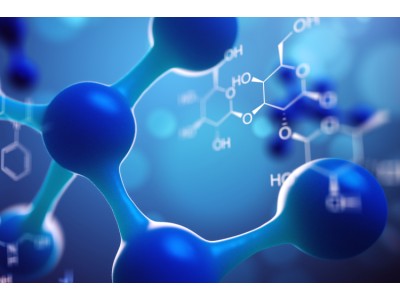| Bioactivity | (Rac)-WAY-161503 is a potent, selective, highly affinity 5-HT2C receptor agonist with a Ki of 4 nM and an EC50 of 12 nM. (Rac)-WAY-161503 displays higher affinity for 5-HT2C than 5-HT2A and 5-HT2B receptors. (Rac)-WAY-161503 has anti-obesity and antidepressant effects[1][2]. | |||||||||
| In Vivo | (Rac)-WAY-161503 (3-30 mg/kg; intraperitoneal injection; male C57BL/6J mice) treatment dose-dependently decreases locomotor activity, an effect that is blocked by the 5-HT2C/2B antagonist SER-082. Additionally, the decreased locomotor activity produced by 10 mg/kg DOI is potentiated in the 5-HT2A KO mice[1]. Animal Model: | |||||||||
| Name | (Rac)-WAY-161503 | |||||||||
| CAS | 75704-24-4 | |||||||||
| Formula | C11H11Cl2N3O | |||||||||
| Molar Mass | 272.13 | |||||||||
| Appearance | Solid | |||||||||
| Transport | Room temperature in continental US; may vary elsewhere. | |||||||||
| Storage |
|
|||||||||
| Reference | [1]. Halberstadt AL, et al. 5-HT(2A) and 5-HT(2C) receptors exert opposing effects on locomotor activity in mice. Neuropsychopharmacology. 2009 Jul;34(8):1958-67. [2]. Welmaker GS, et al. Synthesis and 5-hydroxytryptamine (5-HT) activity of 2,3,4,4a-tetrahydro-1H-pyrazino[1,2-a]quinoxalin-5-(6H)ones and 2,3,4,4a,5,6-hexahydro-1H-pyrazino[1,2-a]quinoxalines. Bioorg Med Chem Lett. 2000 Sep 4;10(17):1991-4. |

(Rac)-WAY-161503
CAS: 75704-24-4 F: C11H11Cl2N3O W: 272.13
(Rac)-WAY-161503 is a potent, selective, highly affinity 5-HT2C receptor agonist with a Ki of 4 nM and an EC50 of 12 nM.
Sales Email:peptidedb@qq.com
This product is for research use only, not for human use. We do not sell to patients.